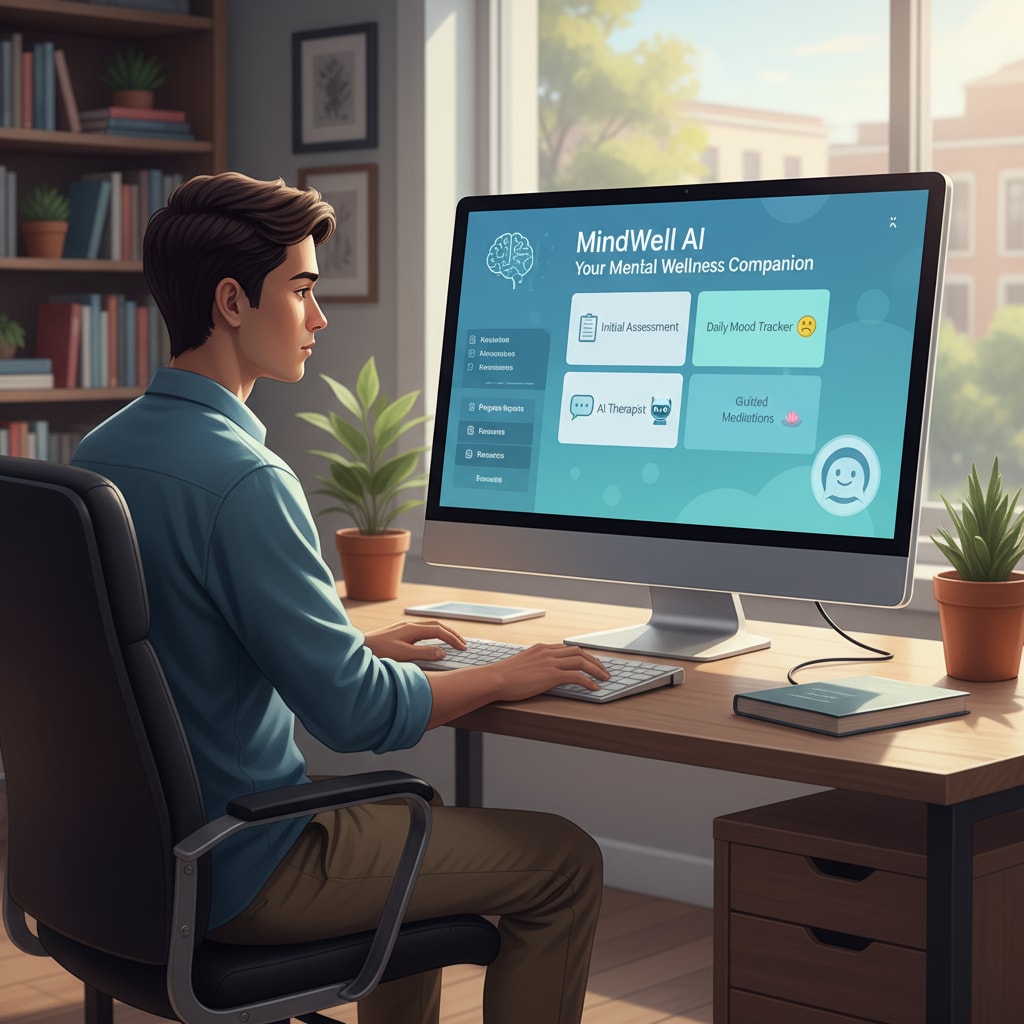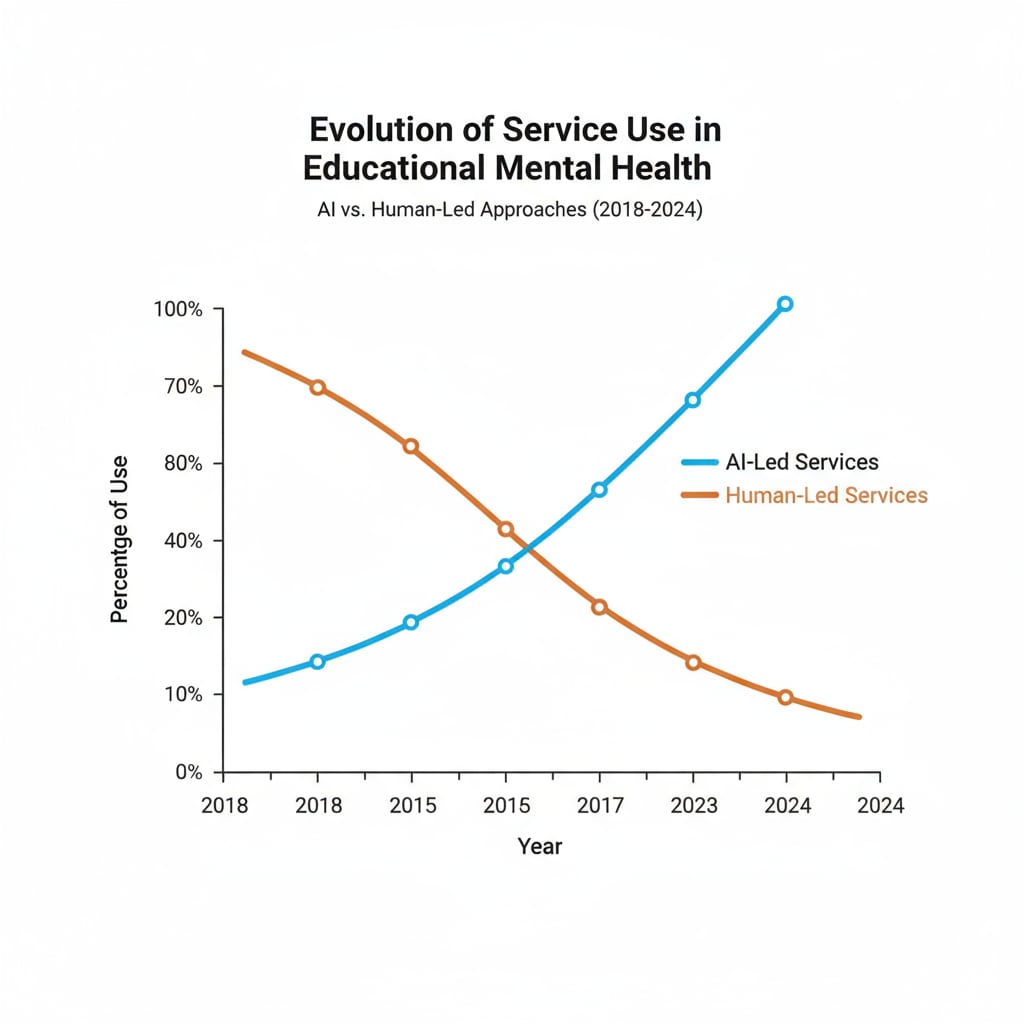In the field of education, research, treatment, and investigation regarding the mental health of K12 students have always been crucial. With the rapid development of artificial intelligence (AI) technology, its application in educational psychotherapy has become a new area of focus. This article delves into the comparative study of the effects of AI – based therapy and traditional human – led therapy for K12 students.

The Rise of AI in Educational Psychotherapy
AI has made significant inroads into the educational sector, especially in mental health treatment. For example, AI – powered chatbots can be available 24/7 to provide immediate support to students. These chatbots are programmed with a vast amount of psychological knowledge and can offer basic counseling services. According to Artificial intelligence in education on Wikipedia, AI can analyze students’ language patterns and emotional cues to understand their mental states better. In addition, AI – based platforms can provide personalized learning plans for students’ mental health improvement, adapting to each student’s unique needs.

The Role of Human Therapists in K12 Mental Health
Traditional human therapists play an irreplaceable role in K12 students’ mental health treatment. A human therapist can establish a deep emotional connection with students, which is essential for effective therapy. They can observe students’ non – verbal cues, such as body language and facial expressions, to gain a more comprehensive understanding of their emotional state. As stated on Psychotherapy on Britannica, human – led therapy often involves in – depth conversations and personalized interactions that are difficult for AI to replicate. Therapists can also adjust their treatment methods in real – time according to the students’ reactions.
However, human therapists also face some limitations. For instance, there may be a shortage of professional therapists in some areas, leading to long waiting lists for students seeking help. In addition, the cost of human – led therapy can be relatively high, making it inaccessible for some families.
Comparing the Effects of AI and Human Therapy
When comparing the effects of AI and human therapy, several aspects need to be considered. In terms of accessibility, AI clearly has an advantage. Students can access AI – based therapy at any time, from anywhere. However, in terms of the depth of emotional understanding, human therapists have the upper hand. AI may struggle to fully comprehend the complex emotions and personal experiences of students.
Research has shown that in some cases, AI – based therapy can be effective in providing initial support and coping strategies for students. But for more severe mental health issues, human – led therapy is often more appropriate. For example, in cases of depression or anxiety disorders, the empathetic and in – depth guidance of a human therapist can be crucial for a student’s recovery.
Readability guidance: As we can see, both AI and human therapy have their own strengths and weaknesses. Educators should be aware of these differences and encourage students to seek the most suitable form of treatment. By promoting further research in this area, we can build a more effective mental health support system for K12 students.


